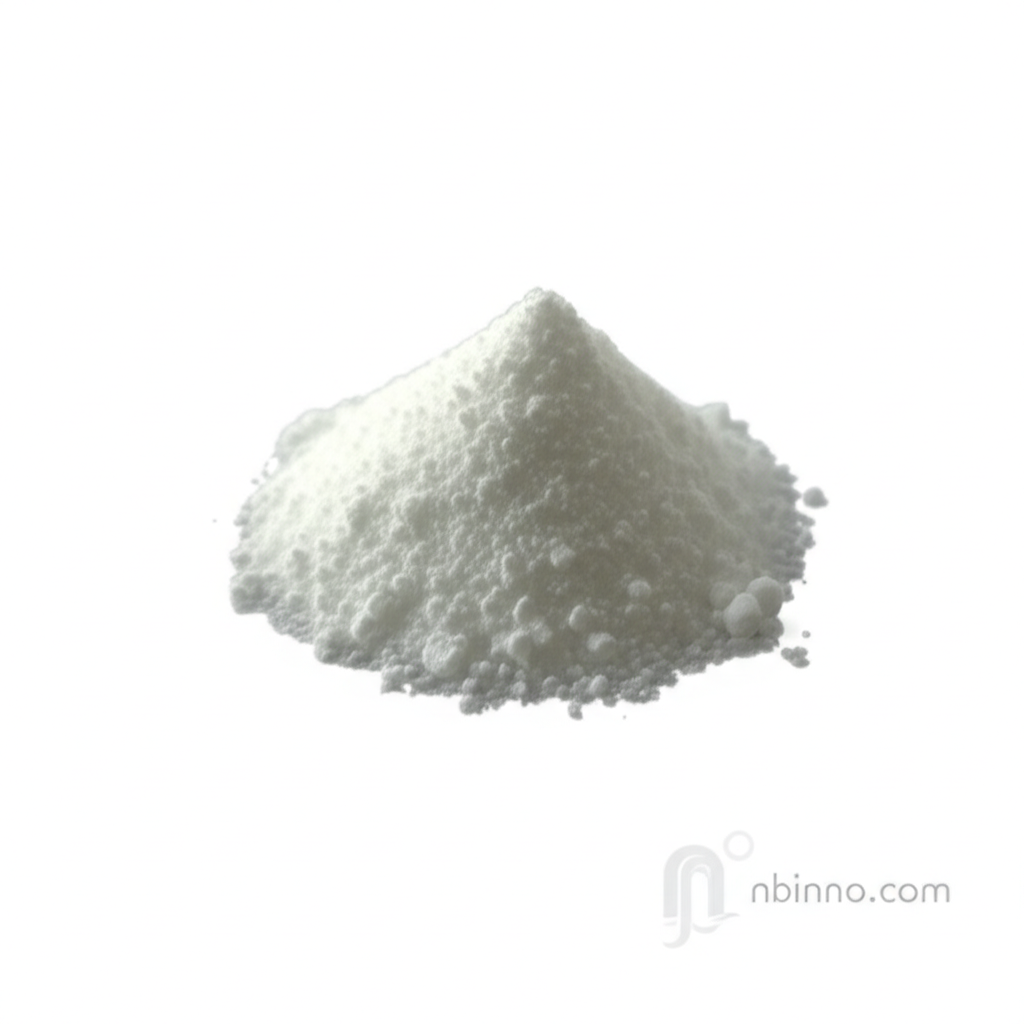Phenylboronic Acid: A Versatile Reagent in Organic Synthesis and Material Science
Unlock the potential of phenylboronic acid for advanced chemical synthesis and innovative material applications.
Get a Quote & SampleProduct Core Value

Phenylboronic Acid
Phenylboronic acid is a pivotal compound in modern organic synthesis, celebrated for its role in sophisticated Suzuki coupling reactions. Its unique ability to form stable complexes with diols and polyols also makes it indispensable for developing advanced sensors and drug delivery systems. As a versatile building block, it facilitates the creation of complex molecules essential for pharmaceutical research and novel materials development.
- Explore the power of phenylboronic acid in organic synthesis, enabling complex molecular construction.
- Discover its application in Suzuki coupling, a key C-C bond forming process for pharmaceutical intermediates.
- Leverage phenylboronic acid's unique properties for developing innovative glucose-sensitive hydrogels and biosensors.
- Investigate its potential as a nuclear-targeted boron agent for advanced medical therapies like neutron capture therapy.
Key Advantages
Synthetic Versatility
Phenylboronic acid serves as a highly effective reagent in Suzuki coupling and other cross-coupling reactions, facilitating the synthesis of diverse organic compounds and critical pharmaceutical intermediates.
Biomolecular Interaction
Its capacity to bind with diols and polyols enables the development of sensitive biosensors and smart drug delivery platforms, offering precise control and targeted release mechanisms.
Material Science Potential
The unique chemical properties of phenylboronic acid open avenues for creating advanced materials, including responsive hydrogels and functional polymers for various high-tech applications.
Key Applications
Pharmaceutical Synthesis
Used extensively as a building block and coupling partner in the synthesis of complex pharmaceutical intermediates and active pharmaceutical ingredients (APIs).
Sensor Development
Integral to the creation of electrochemical and optical sensors, particularly for detecting saccharides and other diol-containing biomolecules.
Drug Delivery Systems
Its responsive binding characteristics are utilized in designing smart hydrogels for controlled and targeted release of therapeutic agents, such as insulin or chemotherapy drugs.
Advanced Materials
Contributes to the development of functional polymers and responsive materials with applications ranging from tissue engineering to diagnostics.
Related Technical Articles & Resources
Why Choose Us?
Leverage our expertise and state-of-the-art infrastructure to accelerate your journey from discovery to commercial success.
Global Experience
With 20 years of R&D, manufacturing, and sales experience, we proudly serve clients across 60 countries and regions worldwide.
Advanced Facilities
Our in-house R&D laboratory, pilot platform, and large-scale production workshop are equipped to meet the audit requirements of global customers.
Seamless Scalability
We facilitate a perfect transition from small-scale lab requirements (grams) to full commercialization (hundreds of tons).
